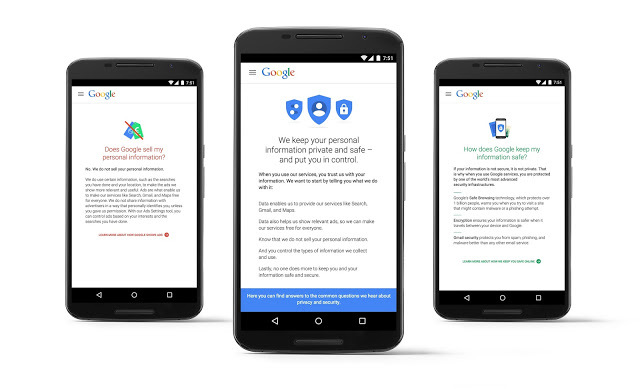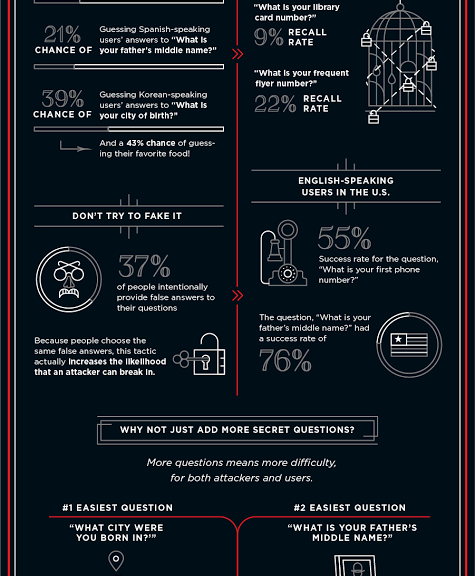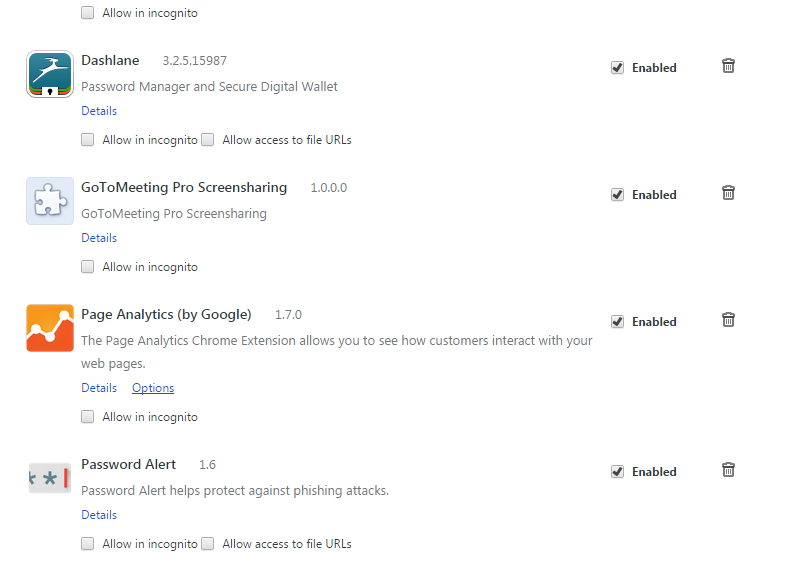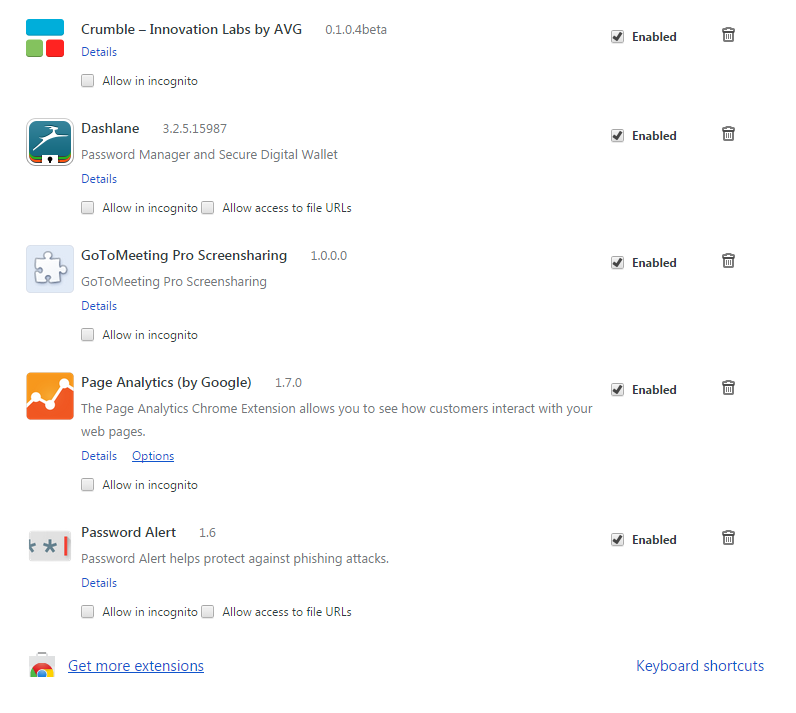It turns out that baby monitors are not the only weak point in our digitally connected homes. Earlier this week, security researchers Pen Test Partners warned that Internet enabled GoPro Cameras were vulnerable to hijacking.
As reported on the BBC, the researchers gained access to a GoPro Hero4 camera, even though it appeared off, and could see and hear through the device, as well as delete videos stored on it.
According to the report, the attacker could ““wake” the device, turn off its recording lights, and then video-stream what the device could see to his own mobile phone.”
According to a GoPro statement, the issue is not an issue of security but rather of poor password choices by their users. “We follow the industry-standard security protocol called WPA2-PSK (pre-shared key) mode…. We require our customers to create a password 8-16 characters in length; it’s their choice to decide how complex they want it to be.”
Clearly, this is a potentially harmful risk to privacy and security, so the first and most important thing that you should do if concerned by this attack is create strong passwords.
The following infographic has three simple steps that you can take to help create a strong password that will help keep your devices and personal data safe.
![]()
![]()












